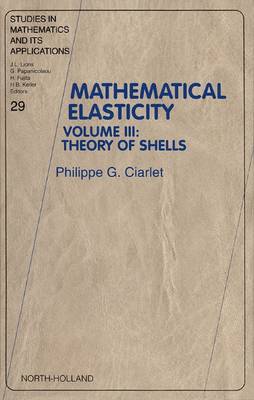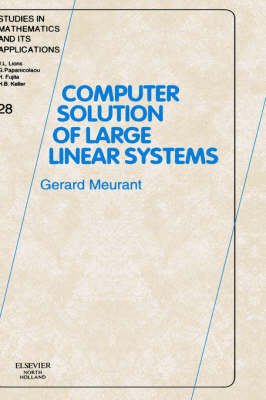Studies in Mathematics and Its Applications
4 total works
The objective of Volume III is to lay down the proper mathematical foundations of the two-dimensional theory of shells. To this end, it provides, without any recourse to any a priori assumptions of a geometrical or mechanical nature, a mathematical justification of two-dimensional nonlinear and linear shell theories, by means of asymptotic methods, with the thickness as the "small" parameter.
Computer Solution of Large Linear Systemsstudies in Mathematics and Its Applications Volume 28 (Smia)
by Unknown Author and Gerard Meurant
Published 1 January 1999
Three-Dimensional Elasticity
by Philippe G Ciarlet, Unknown Author, and Gerard Meurant
Published 1 January 1988
This volume is a thorough introduction to contemporary research in elasticity, and may be used as a working textbook at the graduate level for courses in pure or applied mathematics or in continuum mechanics. It provides a thorough description (with emphasis on the nonlinear aspects) of the two competing mathematical models of three-dimensional elasticity, together with a mathematical analysis of these models. The book is as self-contained as possible.
This book deals with numerical methods for solving large sparse linear systems of equations, particularly those arising from the discretization of partial differential equations. It covers both direct and iterative methods. Direct methods which are considered are variants of Gaussian elimination and fast solvers for separable partial differential equations in rectangular domains. The book reviews the classical iterative methods like Jacobi, Gauss-Seidel and alternating directions algorithms. A particular emphasis is put on the conjugate gradient as well as conjugate gradient -like methods for non symmetric problems. Most efficient preconditioners used to speed up convergence are studied. A chapter is devoted to the multigrid method and the book ends with domain decomposition algorithms that are well suited for solving linear systems on parallel computers.



